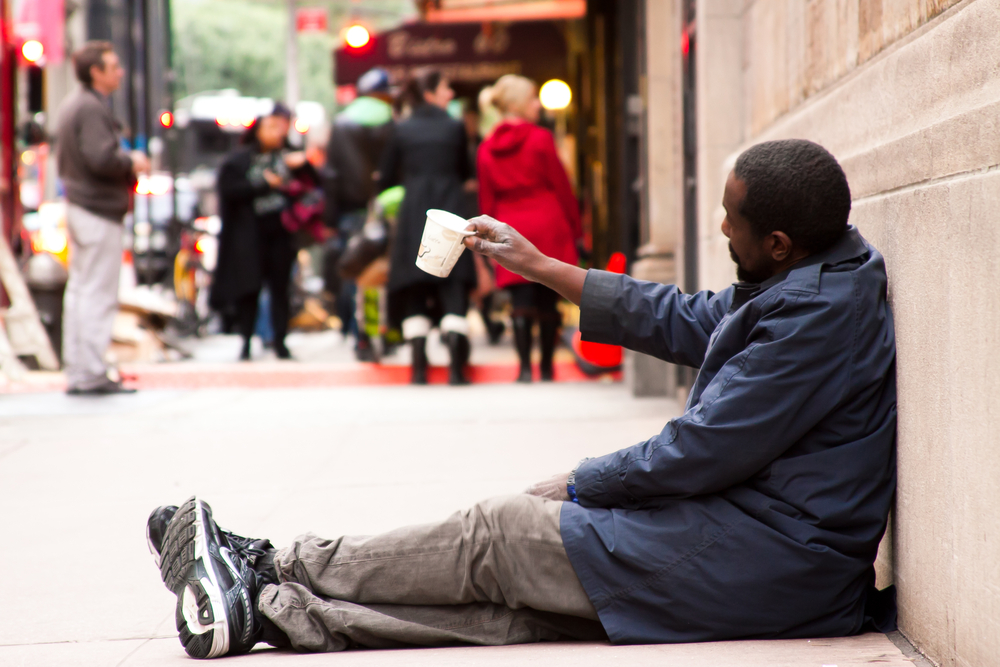As the cost of living continues to soar in major cities across the United States, innovative housing solutions are emerging to address the growing crisis of affordability and homelessness. One such solution is the introduction of sleeping pods in San Francisco, a city notorious for its exorbitant rental prices.
The sleeping pod initiative
Brownstone Shared Housing, led by CEO James Stallworth, has recently made headlines by revealing that a staggering 300 individuals have applied for just 17 available sleeping pods in downtown San Francisco. Each pod is priced at $700 per month, a fraction of the average rent in the city, which is reported to be around $4,000.
These sleeping pods are designed to provide a low-cost housing option in one of the most expensive urban areas in the country. Measuring approximately 3.5 feet by 4 feet by 6.5 feet, the pods are large enough to accommodate a twin mattress. Each pod is equipped with privacy curtains, interior lighting and charging ports, making them a practical choice for those in need of affordable shelter.
Addressing the housing crisis
The concept of sleeping pods first gained traction last year, and despite facing coding hurdles in 2024, Brownstone Shared Housing remains committed to serving the community. This initiative highlights the urgent need for creative solutions to combat homelessness and provide affordable living spaces in urban environments.
With the rising number of applicants for these sleeping pods, it raises an important question: Should more cities adopt similar innovations to tackle the homelessness crisis? As urban areas continue to grapple with the challenges of high rent and limited housing options, the sleeping pod model could serve as a blueprint for other cities facing similar issues.
Potential benefits of sleeping pods
Affordability: At $700 per month, sleeping pods offer a significantly lower cost of living compared to traditional housing options in San Francisco.
Space efficiency: The compact design of sleeping pods maximizes the use of limited urban space, allowing more individuals to find shelter.
Community building: Shared living spaces can foster a sense of community among residents, providing social support and reducing feelings of isolation.
Privacy and comfort: Despite their small size, the inclusion of privacy curtains and personal lighting enhances the living experience for residents.
Challenges and considerations
While the sleeping pod initiative presents a promising solution, it is not without its challenges. Concerns about zoning regulations, health and safety standards and the overall acceptance of such living arrangements in urban neighborhoods must be addressed. Additionally, the psychological impact of living in a confined space should not be overlooked, as it may affect residents’ well-being.
Moreover, the sustainability of such initiatives relies heavily on community support and government policies that prioritize affordable housing solutions. As cities explore innovative ways to combat homelessness, collaboration between private organizations, local governments and community members will be crucial.
The introduction of sleeping pods in San Francisco is a bold step towards addressing the housing crisis that many urban areas face today. As more individuals seek affordable living options, initiatives like these could pave the way for a new era of housing solutions that prioritize accessibility and community.
As we continue to navigate the complexities of urban living, it is essential to remain open to new ideas and solutions that can provide relief to those struggling with housing insecurity. The sleeping pod model may just be the beginning of a transformative shift in how we think about affordable housing.

















